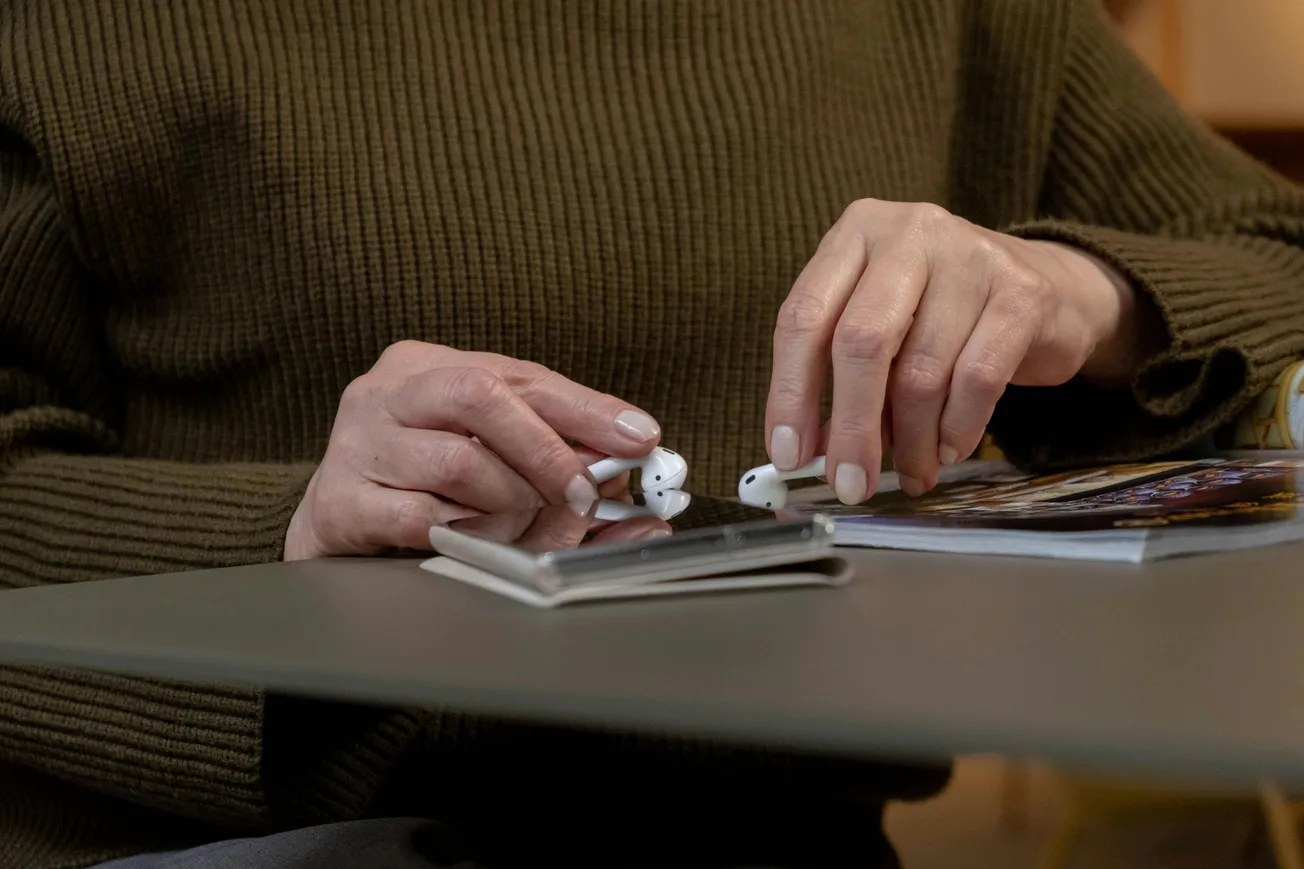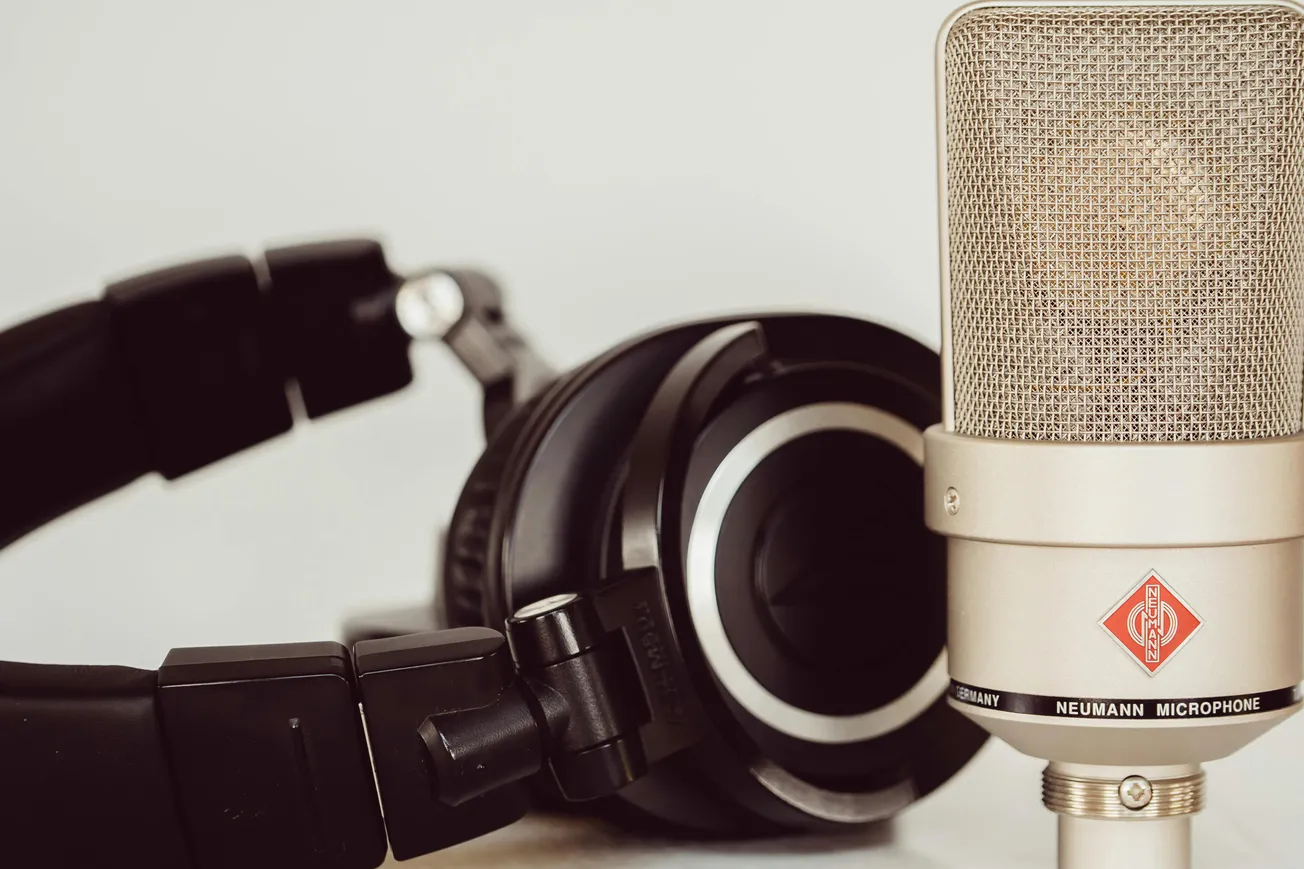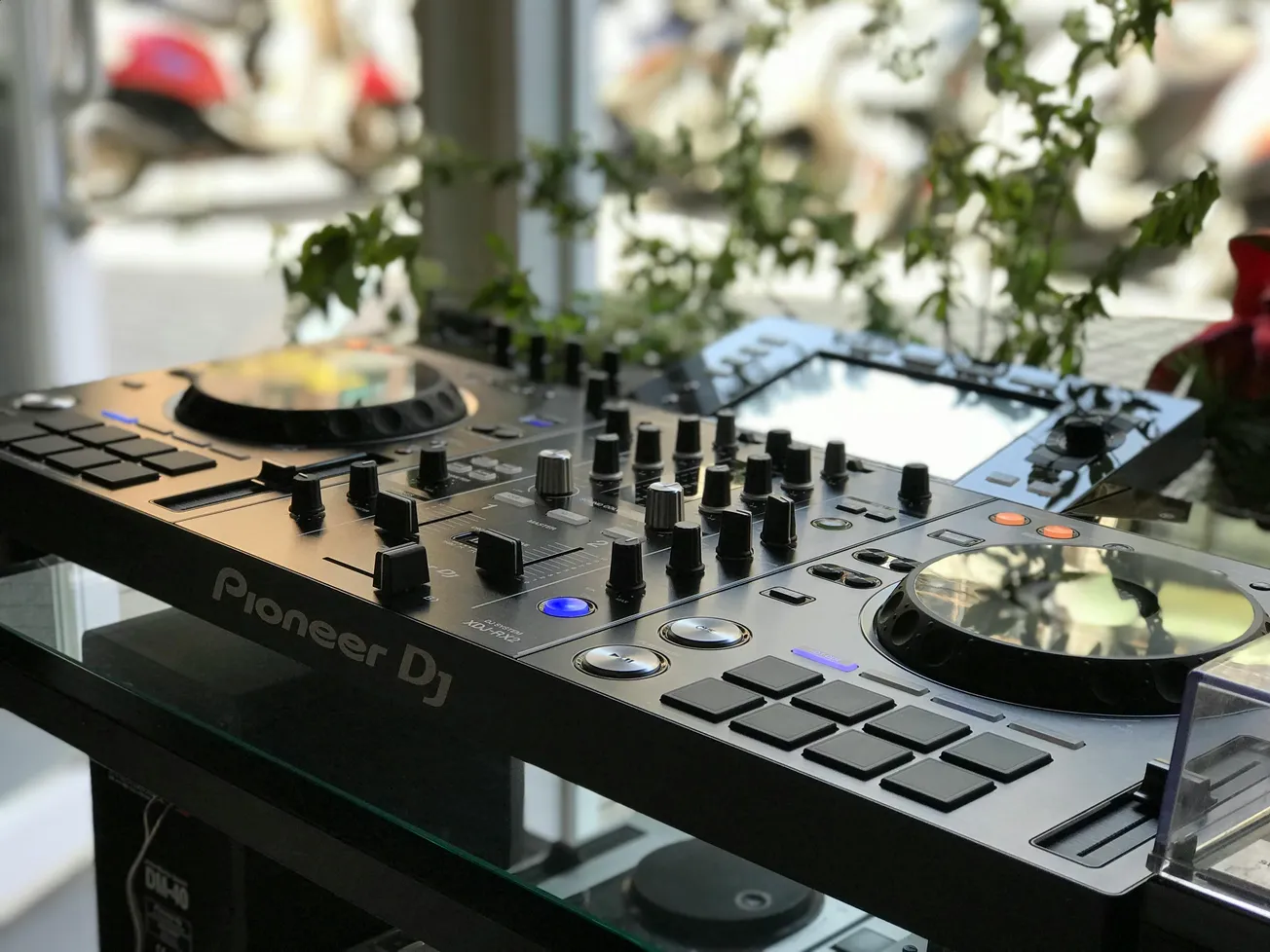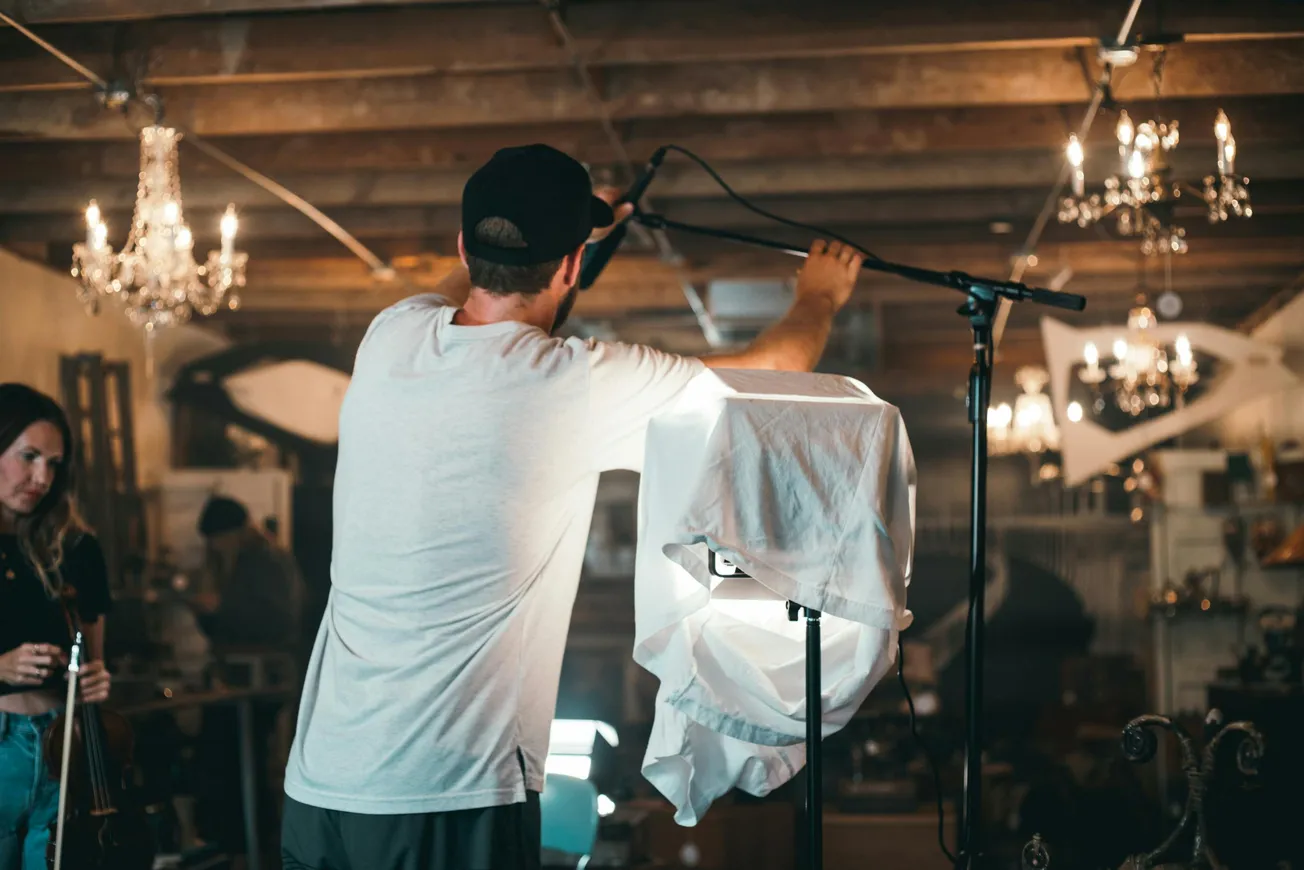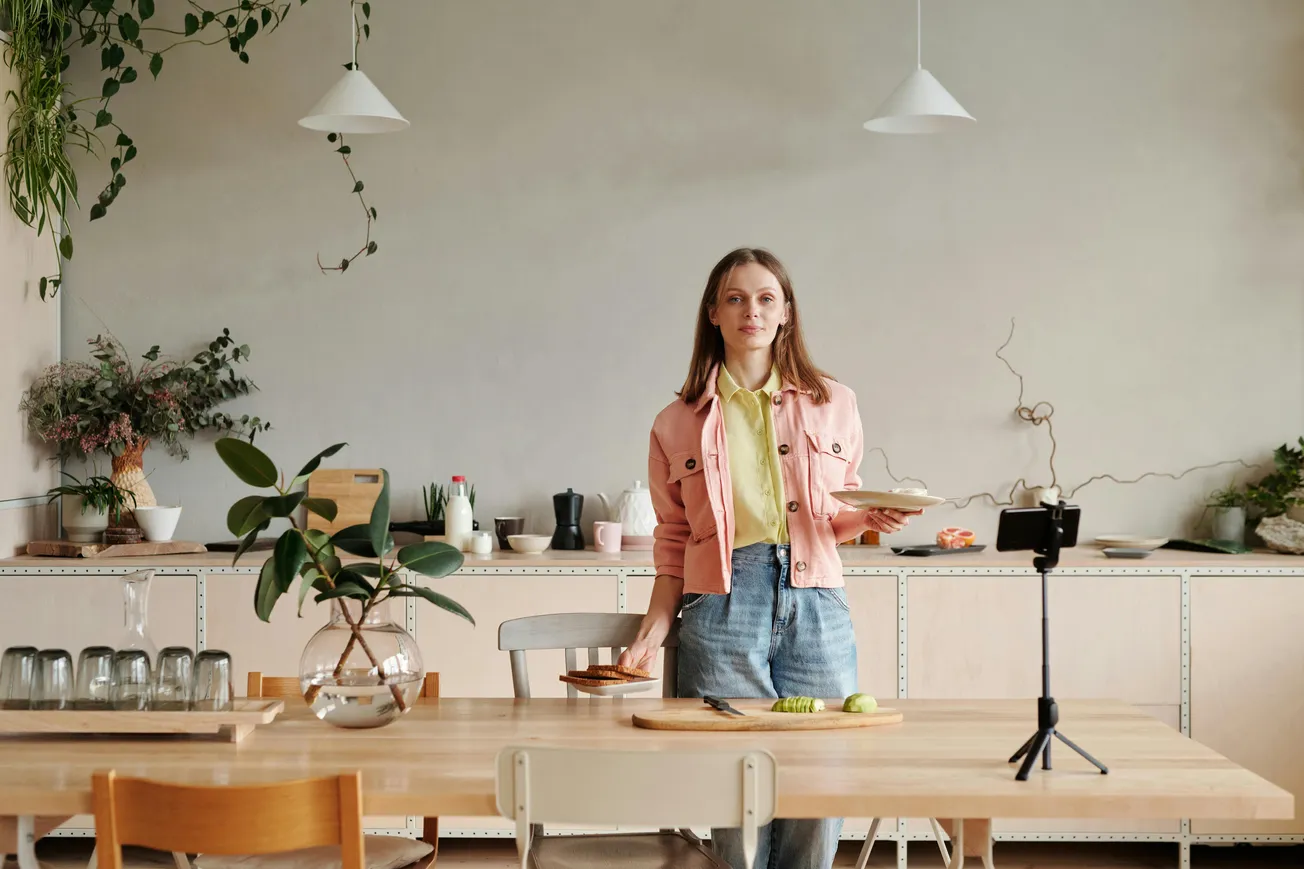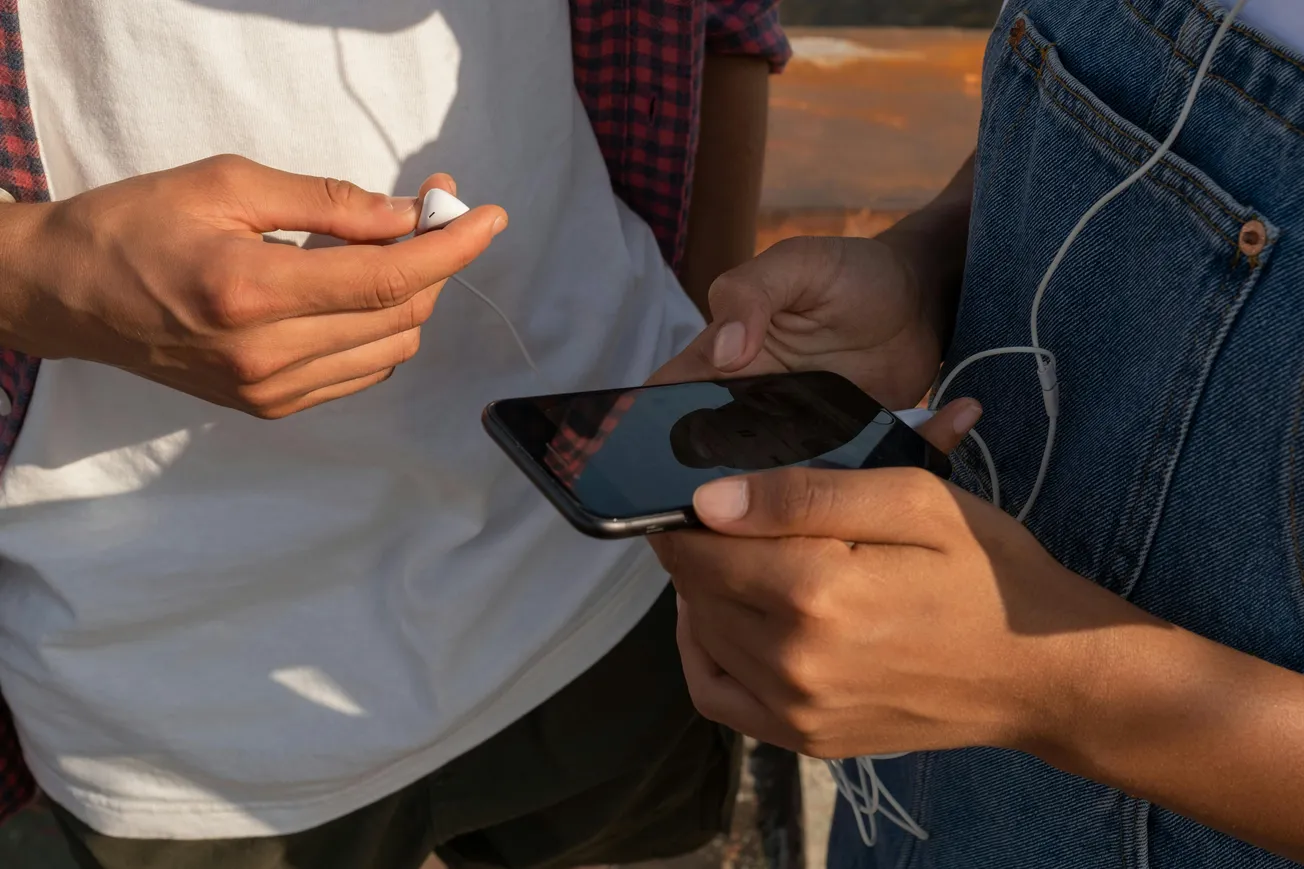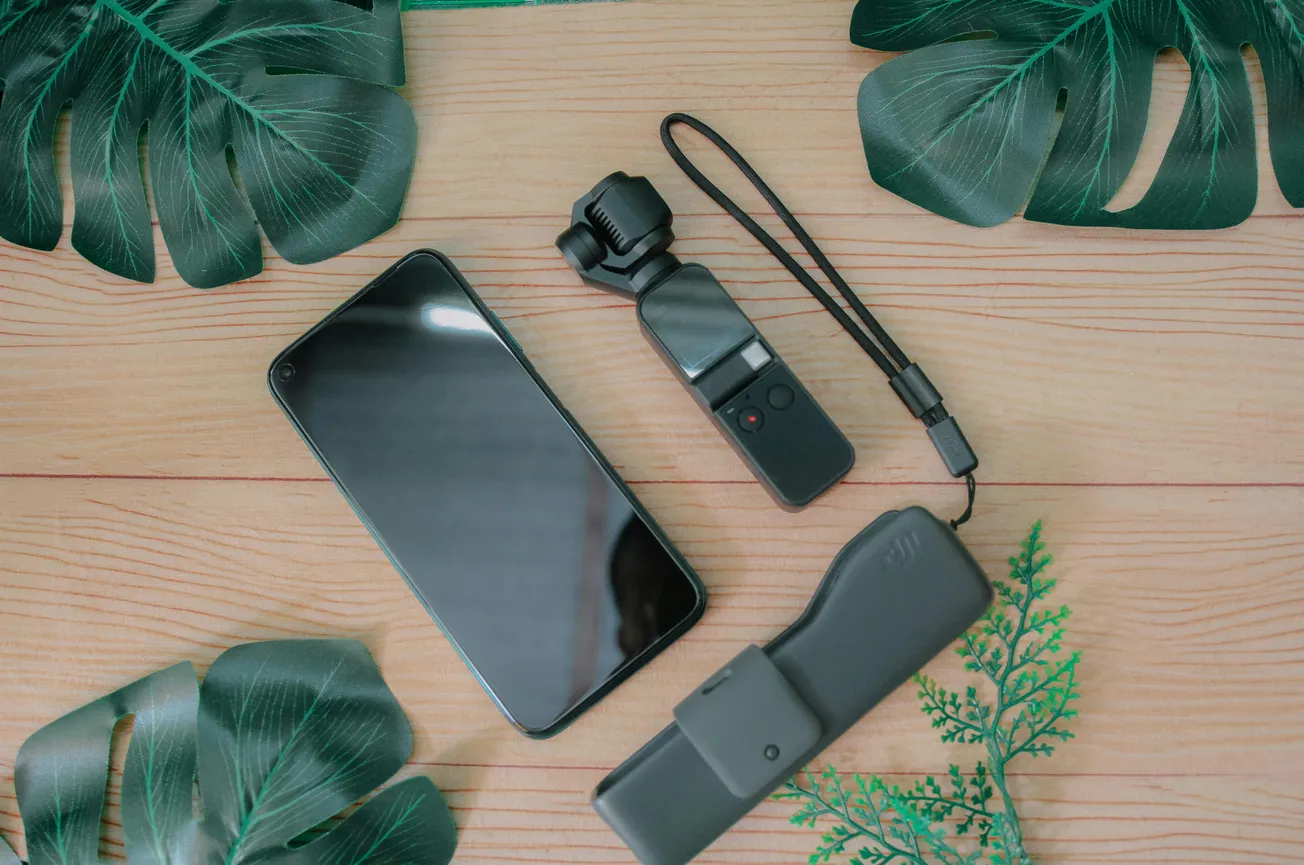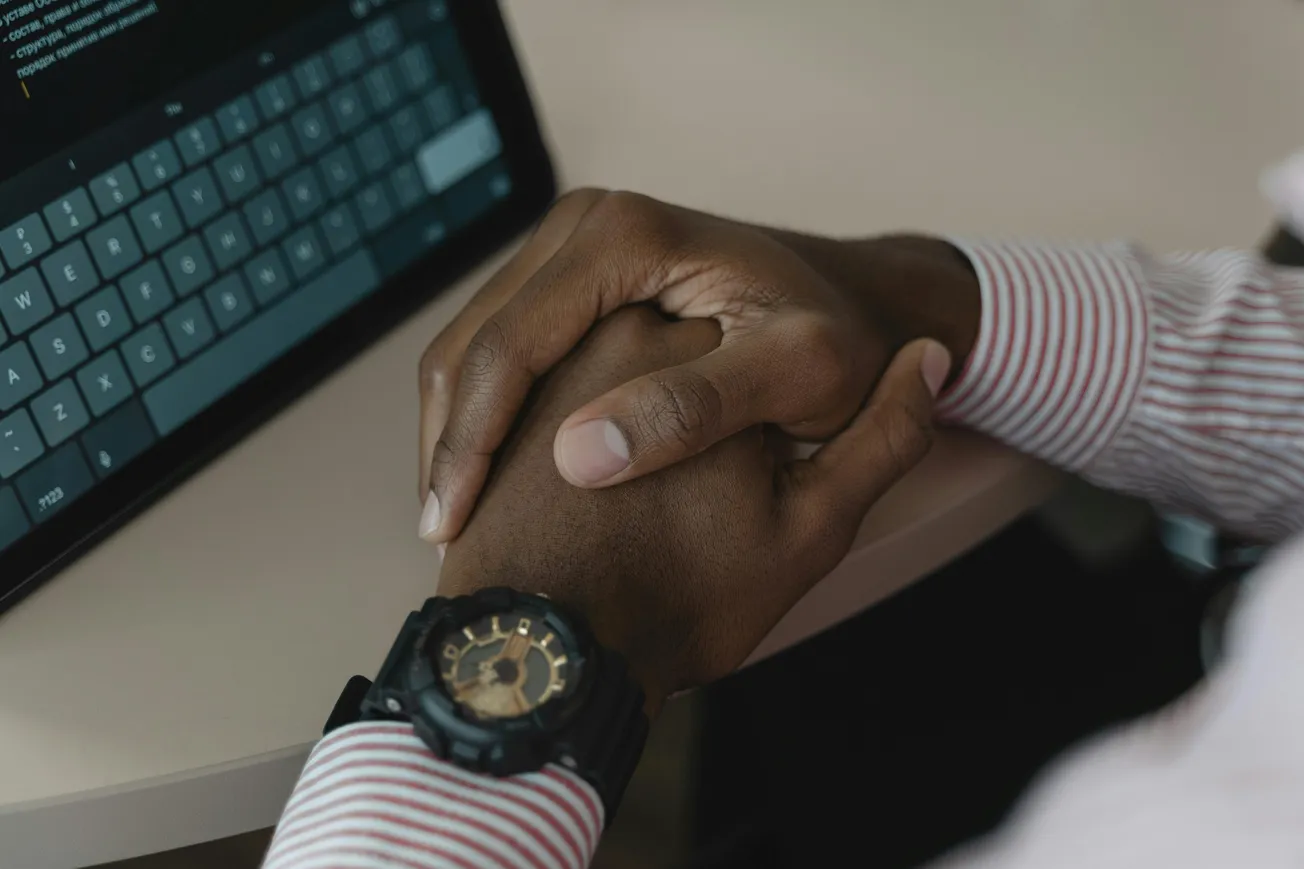Launching a Podcast Doesn’t Require Fancy Gear, Says Creative Studio
A new post from Golden Goose Creative reminds aspiring podcasters that launching a show doesn’t require expensive gear or professional studios. In their article titled "Simple Podcast Set‑Up," the creative studio emphasizes that a bare-bones setup is all most creators need to get started; it's fast and on budget.
What You Actually Need
According to Golden Goose Creative, the essentials boil down to:
- Essential equipment: At its simplest – a microphone and headphones.
- A quiet recording space: A room with soft surfaces (think carpets, curtains, cushions) suffices to reduce echo and background noise.
- Editing basics: Simple cleanup and editing workflow using accessible software.
- Hosting & publishing tools: Once audio is edited, creators can upload their episodes via basic hosting platforms.
Supporting Context from 2025 Audio Trends
This guidance aligns with broader advice across the industry:
- Lifewire reports that podcasting at its core requires just "a microphone, headphones, a computer, recording software, and internet access" — making high-end equipment non-essential for beginners.
- According to Riverside, you can start with a USB microphone, headphones and free editing tools, all within a modest beginner budget.
- On the ultra-budget side, reviewers like PC Gamer highlight options such as the Amazon Basics USB Condenser Microphone, priced around $26, offering impressive audio quality for the price.
Why This Matters for New Creators
- Reduces barriers to starting: With low-cost, low-complexity setups, more people can get started quickly and confidently.
- Focuses attention on content, not hardware: Creators can prioritize storytelling, consistency and audience engagement.
- Encourages scalability: Starting simple allows room for gradual upgrades as shows evolve and budgets grow.
What You Can Do Next
- Start recording today: No waiting and no overthinking. Use a basic USB mic, your laptop and free editing tools.
- Test your space: Aim for a quiet room with soft furnishings; even a closed closet can work wonders.
- Iterate when ready: As your show grows: consider pop filters, better microphones and acoustic panels.
- Stay consistent: Building habits and planning production routines matter as much as the gear itself.
More Reading
- How to Start a Podcast in 6 Steps
- How to Build a Content Creation System You Can Stick To
- How to Start a Successful YouTube Channel From Scratch


